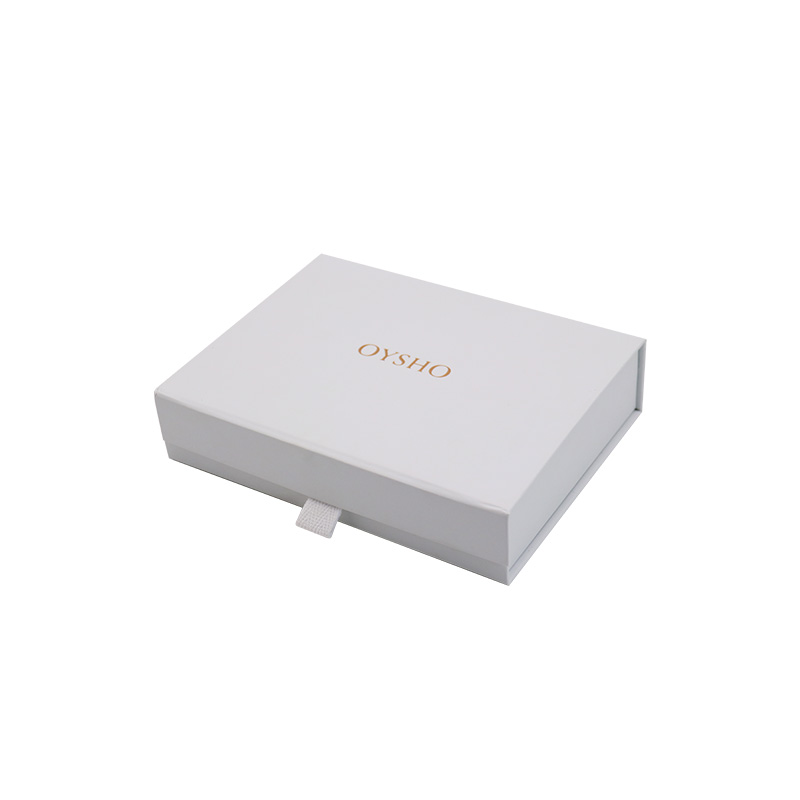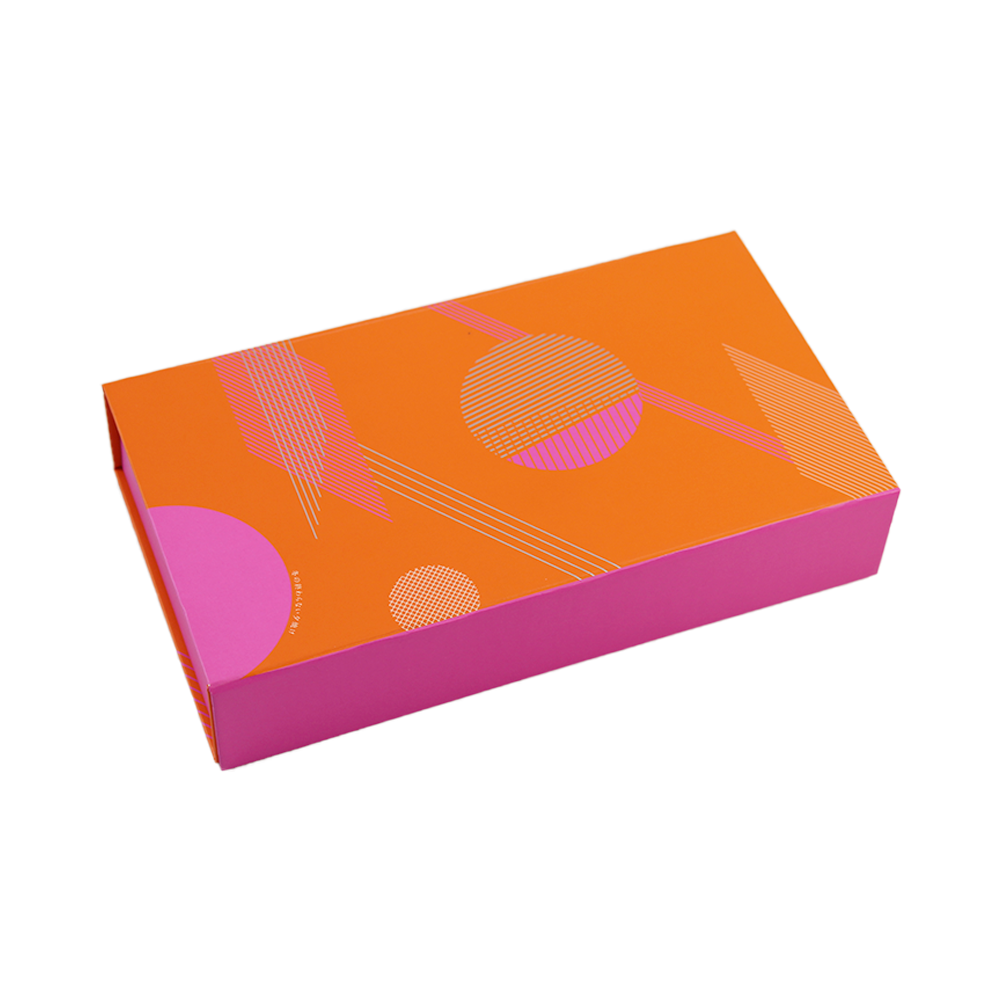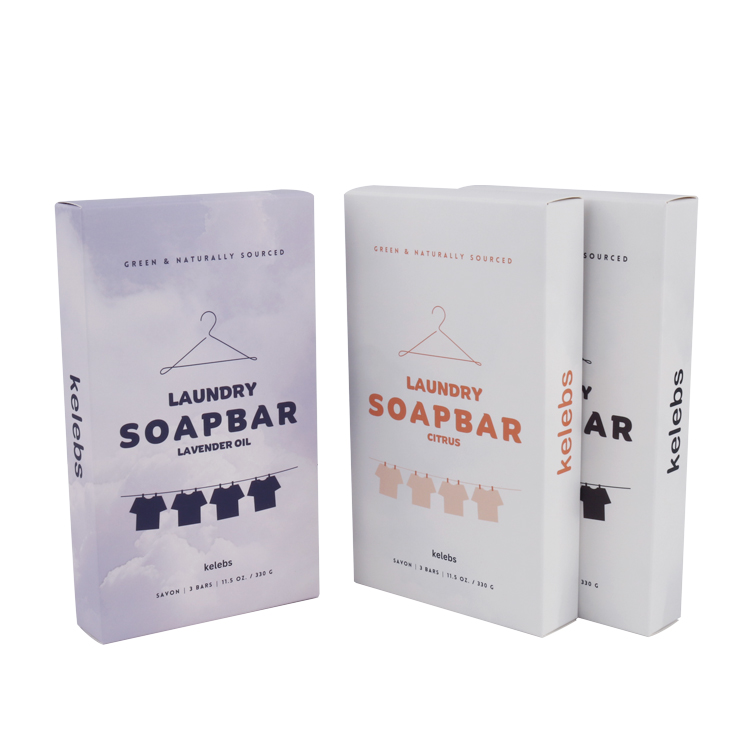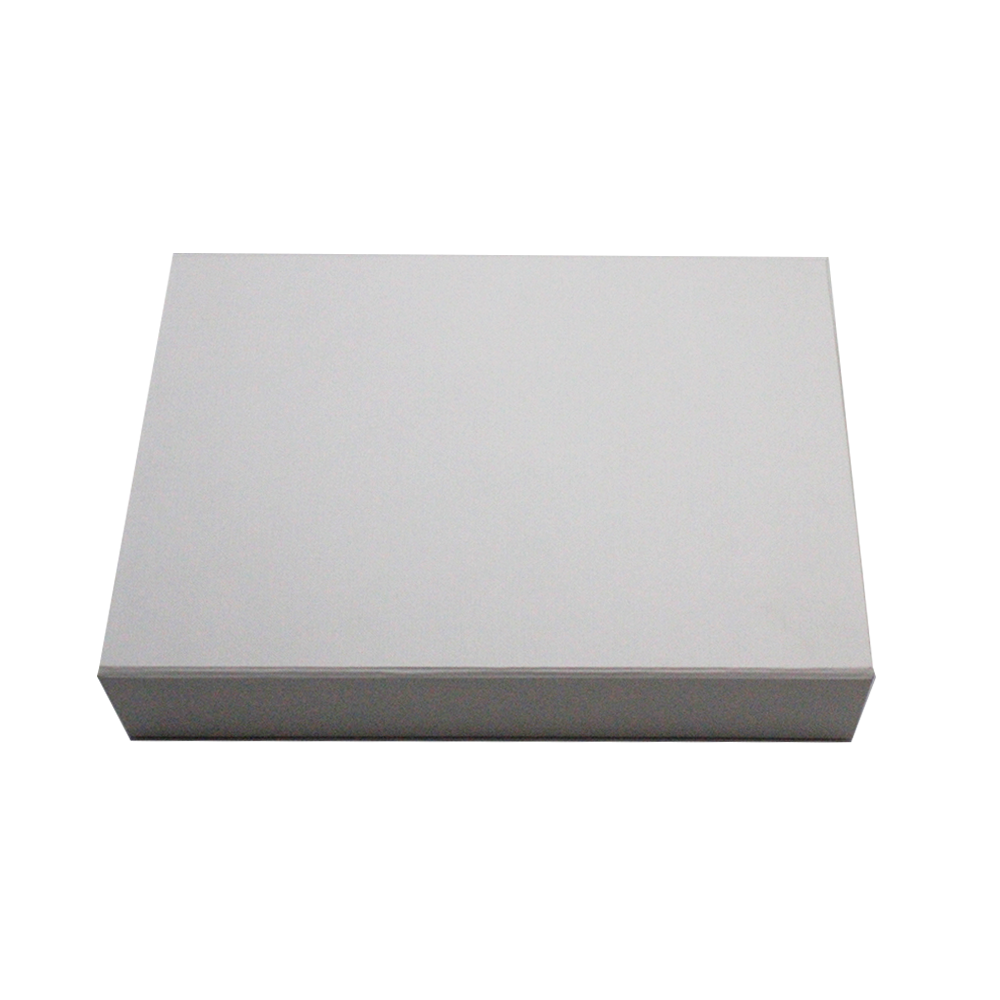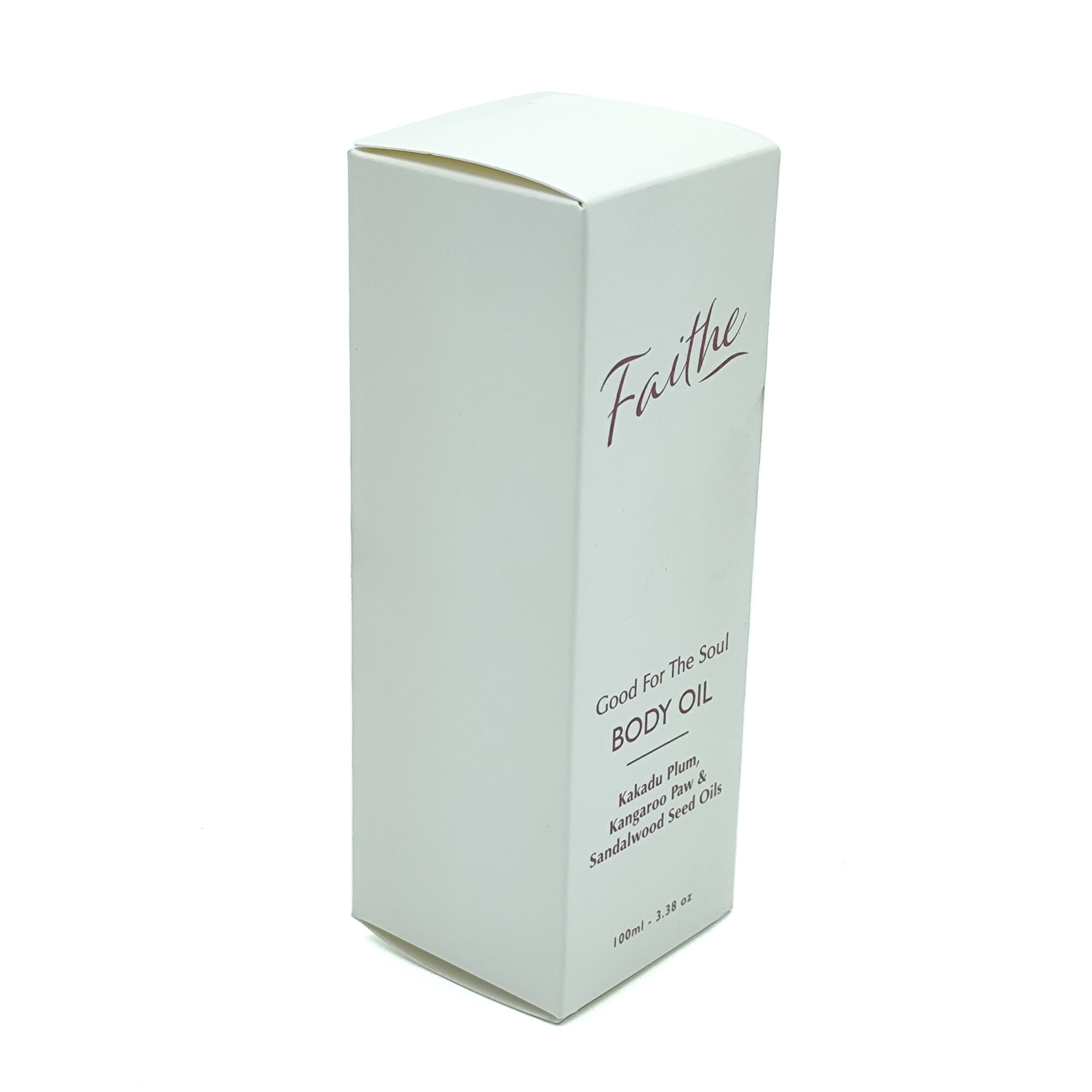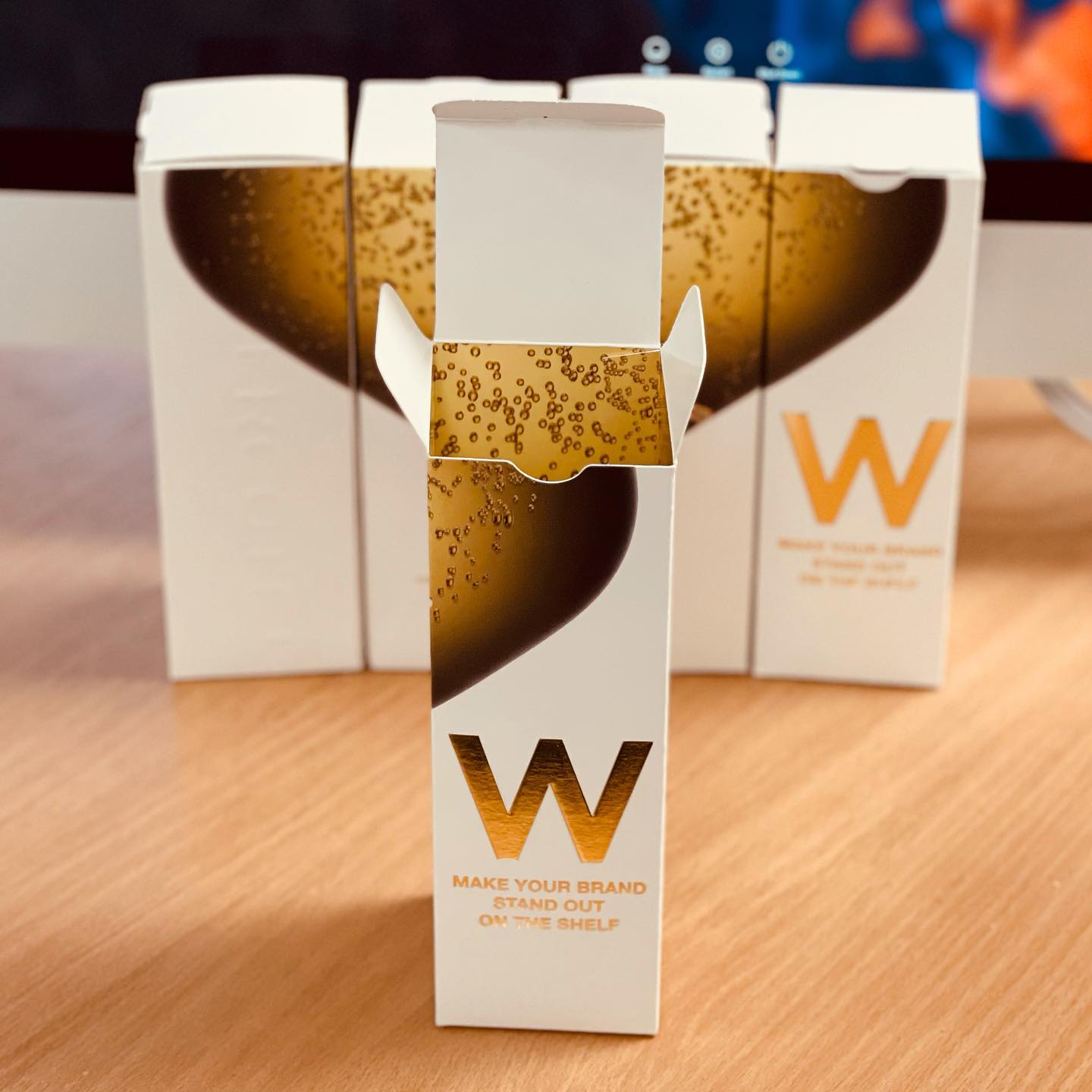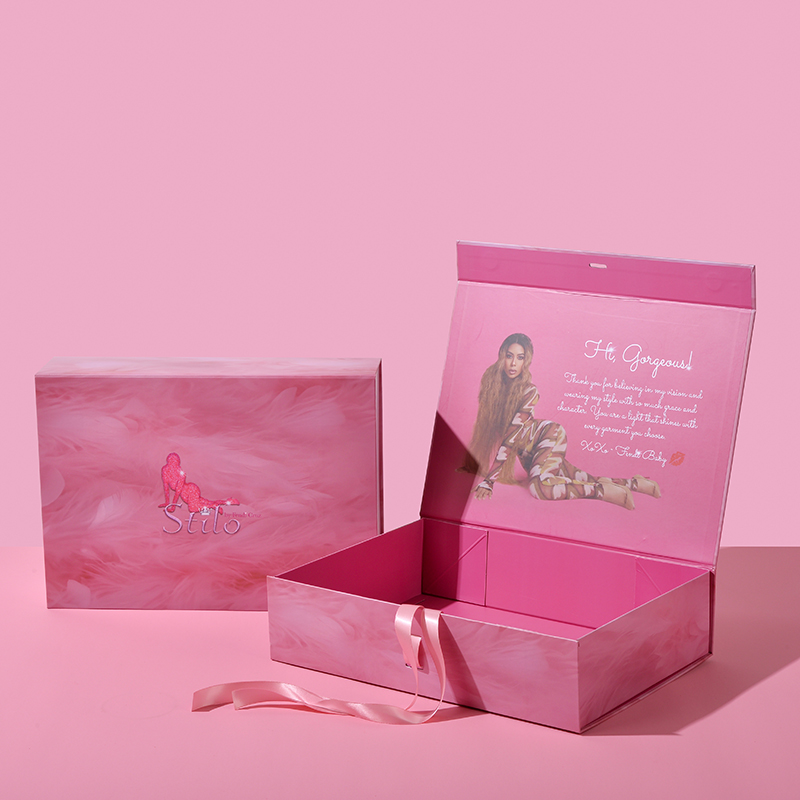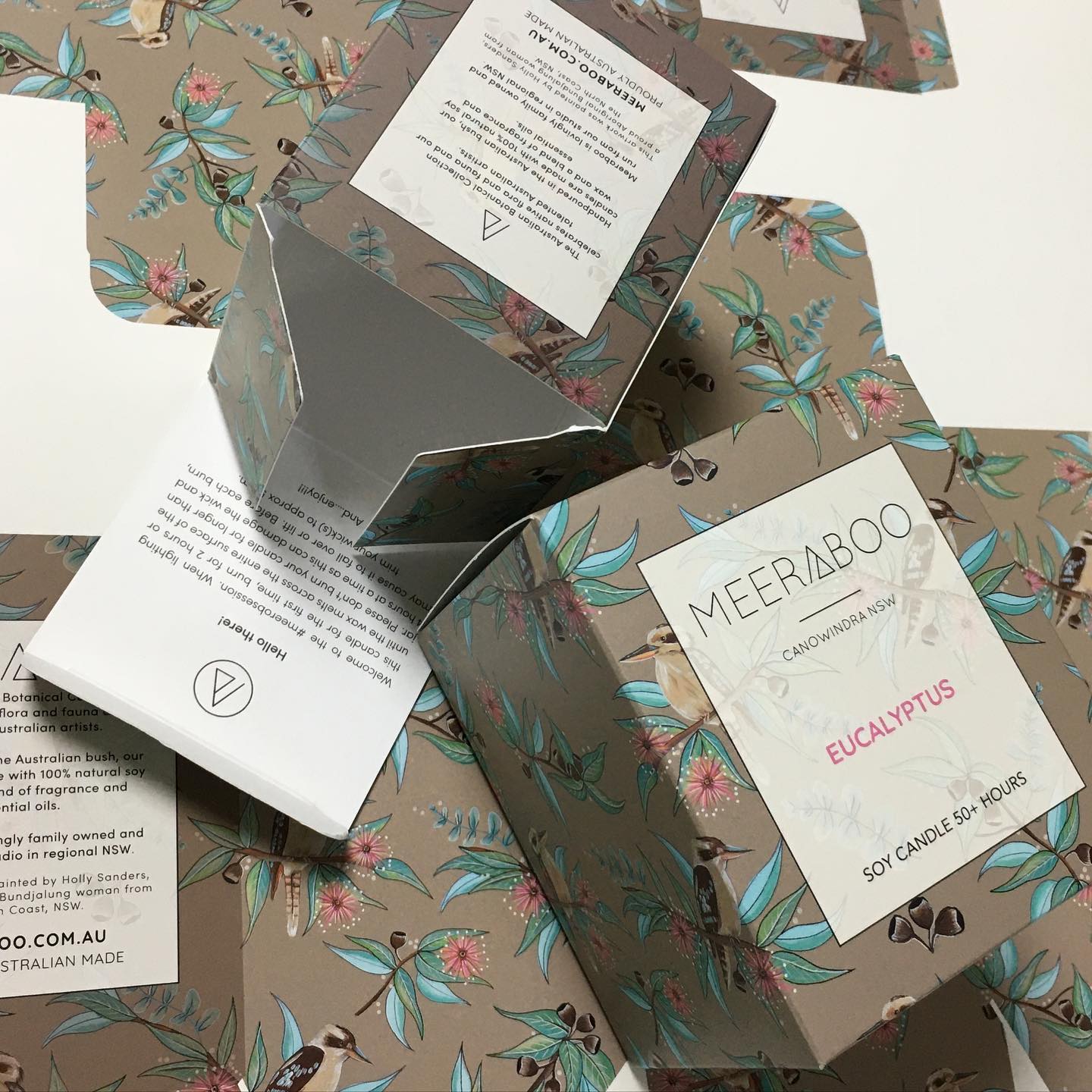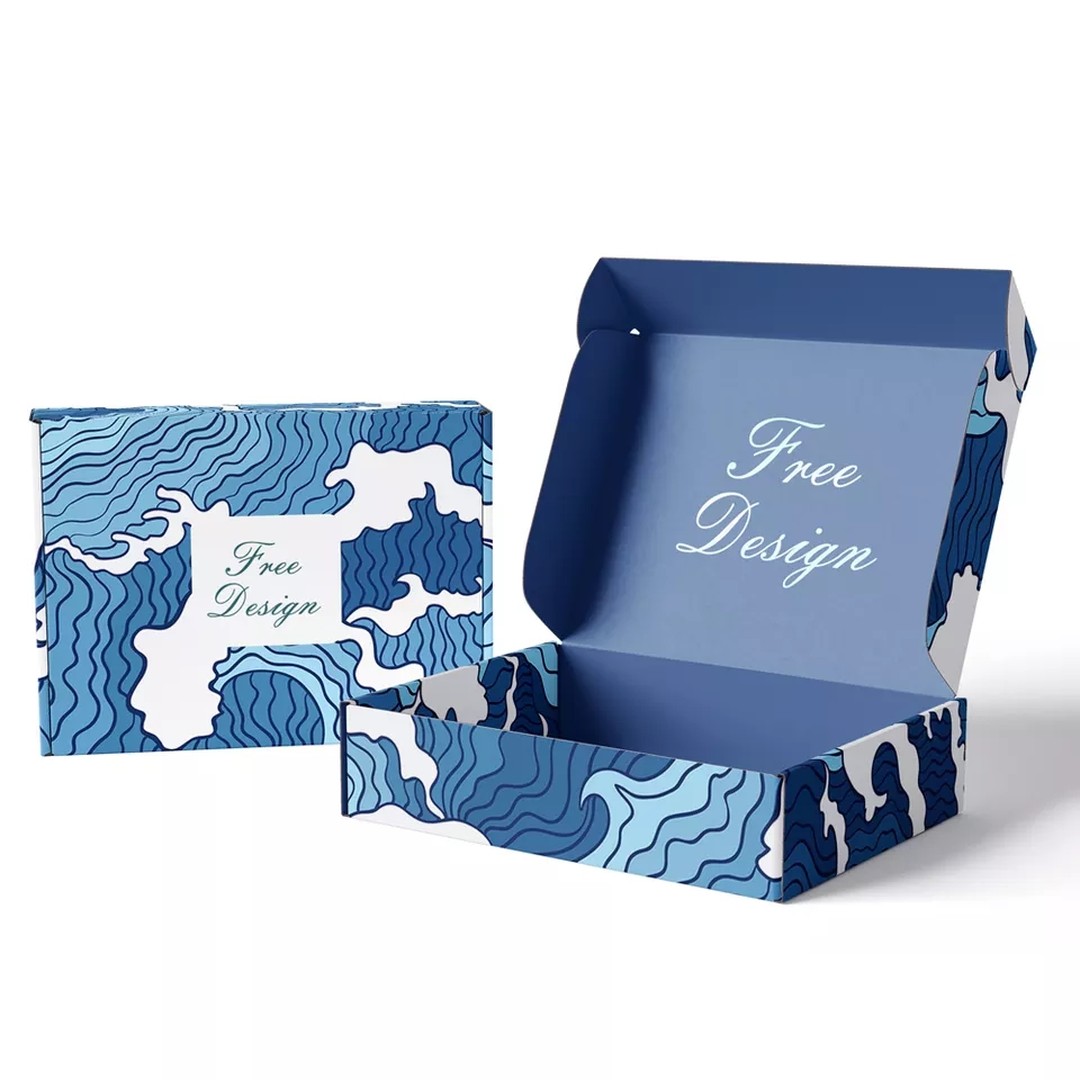Packaging plays a crucial role in a beauty brand’s success. It serves as the first touchpoint between the product and the consumer, setting the stage for the customer experience. In the competitive world of cosmetics, packaging must do more than just contain the product—it must reflect the quality, values, and identity of the brand. With the industry’s constant evolution and rising consumer expectations, the task of designing effective and eco-conscious cosmetic packaging becomes more complex. Beauty brands must overcome several challenges, including balancing aesthetics with functionality, staying aligned with sustainability goals, and adapting to market shifts. In this article, we’ll explore the ongoing challenges of cosmetic packaging design, as well as innovative solutions that allow brands to thrive in the rapidly changing market.
1. Speed and Efficiency in Cosmetic Packaging Design
Impact of Shape on Production Speed
The shape of packaging plays a significant role in determining the efficiency of the production process. Unique and intricate packaging designs can certainly draw attention, but they often require specialized machinery or manual handling, which can slow down production rates. While standard shapes can be quickly produced through automated processes like injection molding, more complex designs often need time-consuming processes like CNC machining or 3D printing, which can increase costs and production time.
For example, a sunscreen bottle with an unconventional shape might require customized equipment or manual intervention to produce, ultimately increasing both production time and financial investment. On the other hand, packaging that uses a more standard, squeezable bottle design can be easily processed by automated machinery, reducing production costs and speeding up throughput. Cosmetic companies aiming for streamlined production should consider using packaging designs that are simple, standardized, and optimized for automation.
Effects of Packaging Size on Efficiency
Size is another key factor affecting packaging production efficiency. Larger packages typically require more raw materials, more storage space, and increased time for filling, labeling, and sealing. These larger sizes can also pose logistical challenges during transportation, further complicating the supply chain. In contrast, smaller packaging sizes are often quicker and cheaper to produce due to their reduced material requirements and faster filling processes.
To optimize production and minimize costs, brands should aim for packaging that balances size with functionality. Smaller packaging not only allows for greater throughput but also reduces material use, which benefits both the environment and the brand’s bottom line. For brands struggling to find the perfect balance, structural design services like those offered by CFB can help develop optimized packaging that minimizes waste while meeting product protection needs.
Impact of Product Count on Production
The number of units produced can directly affect packaging speed. While large production runs typically result in more efficient processes and cost savings through economies of scale, smaller batch sizes may require more manual handling and slower production times. To maximize efficiency, brands should consider increasing the product count for a particular packaging design to allow for greater automation in production. By consolidating packaging designs for multiple products, brands can reduce the number of changes in machinery, speeding up production and lowering costs per unit.
2. Multi-Material Packaging and Its Recyclability
Multi-material packaging offers functional versatility, such as enhanced product protection and extended shelf life. However, the complex composition of these materials can complicate recycling efforts, which increases pollution and resource depletion. As consumers increasingly demand eco-friendly products, the beauty industry must find ways to balance the benefits of multi-material designs with sustainability goals.
Designing for Easy Recycling
One solution is to simplify the materials used in packaging so that they can be easily separated for recycling. By using materials with similar melting points or compatible recycling streams, cosmetic brands can help reduce contamination during recycling. Furthermore, designing packaging with easy disassembly in mind can encourage consumers to properly recycle their products. Research shows that 84% of consumers inadvertently contaminate their recycling efforts. By creating packaging with snap-fit or interlocking mechanisms, brands can make it easier for consumers to recycle their products properly.
Clear and consistent recycling symbols are another essential element. By using these symbols on packaging, brands can ensure that consumers understand how to dispose of the packaging correctly, making the recycling process more efficient. Innovations in packaging design, such as mono-material packaging, are also gaining traction. These solutions use a single material, which simplifies the recycling process and supports closed-loop systems, allowing the packaging to be reused within the same product lifecycle.
Technological Innovations in Eco-Friendly Packaging
The development of eco-friendly packaging materials is driven by technological innovations in packaging production. Today, many beauty brands are using hybrid materials that provide better environmental outcomes, such as bioplastics and biodegradable coatings. These advancements offer a sustainable alternative to traditional packaging materials and promote circular economy principles. For example, many brands are exploring the use of plant-based packaging or recycled materials, reducing their carbon footprint while still providing durable, functional packaging that protects the product.
Ultimately, cosmetic companies should prioritize simplicity in design and material selection, focusing on reducing waste while maintaining high product protection standards. Although these solutions often require specialized equipment or additional control measures, they are an investment in the brand’s long-term sustainability and reputation.
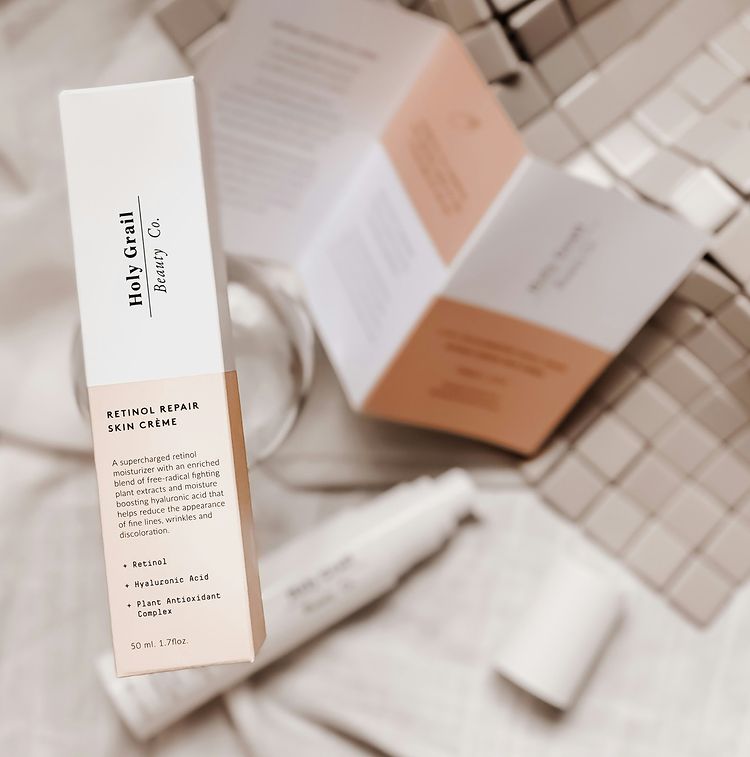
3. Balancing Functionality and Sustainability in Cosmetic Packaging
Material Considerations for Sustainable Packaging
Cosmetic packaging no longer serves just as a protective container. It is a communication tool that conveys a brand’s values, quality, and commitment to sustainability. While plastic is often chosen for its durability and versatility, its environmental impact is undeniable. With billions of plastic bottles ending up in landfills each year, the beauty industry must find alternative materials that are both functional and sustainable.
Glass, while an elegant and recyclable option, is heavier than plastic and increases transportation costs and carbon emissions. Paper-based packaging, on the other hand, is biodegradable and recyclable but may not provide the same level of protection. Bioplastics, which resemble plastic but are made from renewable materials, present another sustainable option, though they often require specific composting conditions for complete degradation.
Brands like Lush have led the way in using alternative materials, from recycled plastics to paper-based packaging. Their commitment to sustainability is evident in their packaging choices, such as shampoo bars wrapped in recyclable paper and bath bombs housed in paper bags. These solutions strike a balance between protecting the product and minimizing environmental impact.
Designing for Reusability and Consumer Experience
Another emerging trend in packaging is the use of refillable systems. Refillable packaging encourages consumers to reuse containers, reducing the need for single-use packaging and decreasing waste. This approach also promotes brand loyalty, as customers return to purchase refills at lower prices. Refillable systems can be integrated into subscription-based models, allowing brands to generate recurring revenue while minimizing packaging waste.
Modular designs, where components of the packaging can be swapped out or replaced, also help reduce waste. For example, a lipstick case with interchangeable refillable inserts can extend the lifespan of the packaging, reducing the need for new materials. However, it’s important for brands to ensure that these modular systems are easy for consumers to use and don’t add unnecessary complexity to the product experience.
4. Hygiene and Transparency in Beauty Packaging
Maintaining Product Hygiene Through Packaging
For cosmetic products, packaging is essential in maintaining hygiene and protecting the product from contamination. Open containers or packaging with lids can expose products to bacteria, moisture, and air, shortening their shelf life and potentially affecting their performance. To address this, many beauty brands are opting for packaging with built-in dispensing mechanisms like pumps, sprays, or droppers, which help control product release and minimize contamination.
Brands like Estée Lauder and Clinique have long used pumps to maintain the hygiene of their products, ensuring a cleaner application and longer shelf life. By using packaging that minimizes exposure to air and external elements, brands can keep their products fresh and reduce waste, as customers use the product more efficiently.
Ensuring Transparency with Clear Packaging
Transparency is essential for today’s consumers, who expect clear labeling and full disclosure of ingredients. Packaging is the perfect medium for conveying transparency, as it serves as a communication tool for product information. Consumers are increasingly looking for clear, legible ingredient lists, usage instructions, and sustainability claims on packaging.
To maintain transparency, cosmetic brands should prioritize clear and concise labeling, focusing on font size, readability, and contrast. This ensures that consumers can easily access important information, such as ingredients, allergens, and eco-friendly initiatives. As ethical consumption continues to rise, brands that prioritize transparency and provide clear information about sourcing, production, and sustainability will build trust with their customers.
5. The Future of Cosmetic Packaging: Innovation and Sustainability
Embracing Sustainability in Packaging
As the demand for sustainable beauty products grows, packaging innovation is increasingly driven by the need to reduce environmental impact. Trends such as minimalism, natural elegance, and circular economy principles are reshaping the way beauty products are packaged. Brands are using eco-friendly materials like bamboo, recycled paper, and biodegradable plastics to communicate their commitment to sustainability while maintaining a luxurious look and feel.
Smart packaging is also gaining traction, with the integration of QR codes, augmented reality, and RFID technology offering consumers more information about the product , its ingredients, and its environmental impact. These innovations provide a more immersive experience and allow brands to connect with their customers on a deeper level, while still promoting sustainability and transparency.
The Rise of Clean Beauty Packaging
As the clean beauty movement continues to grow, packaging design is evolving to reflect the values of this trend. Clean beauty products emphasize natural, non-toxic ingredients, and consumers are increasingly looking for products that align with these values. Brands are responding by creating packaging that is simple, elegant, and transparent, with a focus on functionality and sustainability.
Brands like RMS Beauty and ILIA Beauty have embraced minimalist packaging that reflects their commitment to purity and sustainability. By using eco-friendly materials and providing clear messaging about their ingredients, these brands are setting the standard for clean beauty packaging.
Integrating Digital Technology into Packaging
The future of cosmetic packaging will also see more integration of digital technology. As the digital world continues to influence consumer behavior, brands will need to incorporate technology into their packaging to stay relevant. This includes using augmented reality to enhance the unboxing experience, providing product information via QR codes, and using smart packaging to track product usage and expiration dates.
However, as brands embrace digital technology, they must balance functionality with user-friendliness to ensure that these innovations enhance the customer experience without complicating the packaging. Smart packaging will continue to play a significant role in the future of beauty packaging, offering new ways for brands to engage with their customers and create memorable experiences.
자주 묻는 질문
1. What are the key elements of effective cosmetic packaging?
Effective cosmetic packaging must balance aesthetics, functionality, and sustainability. It should protect the product, communicate the brand’s values, and be easy for consumers to use. Additionally, packaging should be eco-friendly and provide clear, transparent information about the product.
2. How can cosmetic brands make their packaging more sustainable?
Brands can make their packaging more sustainable by using eco-friendly materials, reducing waste, and promoting recycling. This includes using biodegradable or recyclable materials, offering refillable packaging options, and minimizing packaging size to reduce environmental impact.
3. Why is transparency important in cosmetic packaging?
Transparency is crucial for building trust with consumers. Clear labeling allows customers to make informed decisions about the products they purchase. It also demonstrates a brand’s commitment to ethical sourcing, sustainable practices, and product integrity, all of which are important to today’s conscious consumers.
마무리 생각
As the beauty industry continues to evolve, packaging will remain a vital tool for brands to communicate their values, protect their products, and meet the expectations of today’s eco-conscious and transparency-driven consumers. By embracing sustainability, functionality, and innovation, cosmetic companies can differentiate themselves in a competitive market and build stronger connections with their customers.
For those looking to stay ahead of packaging trends and ensure their products align with the growing demand for sustainable and transparent packaging, working with an experienced packaging supplier like CFB can help bring these goals to life. Explore CFB’s wide range of eco-friendly and innovative packaging solutions to elevate your brand and deliver exceptional experiences for your customers.

